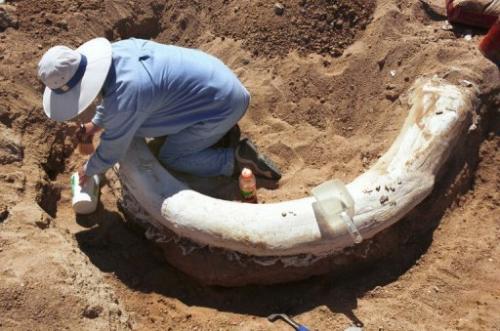Cosplaying has gone from a niche activity to a big main event. The costumes get more impressive every year, and the crowds of cosplayers have doubled, then tripled.
- Category: Blog
The who, how & why of the JFK assassination. Taken from an historical perspective starting around world war 1 leading to present day. We hope after watching this video you will know more about what happened in the past and how the world is run today.
- Category: Blog
When Japanese mecha turns from science fiction to science fact, you get four metres and four tonnes of armoured metal robot! Watch out-Metal Gear is no longer the stuff of video games!
Meet Kuratas-a giant Japanese robot designed by Suidobashi Heavy Industry and presented at the Chiba Wonder Festival. This metal monster is controlled by a human who sits inside, but can also be piloted by a 3G smartphone.
The robot uses augmented reality technology and an automatic alignment system to lock on to targets. Plus, shooting is activated by smiling (see video, below), so you'll have to be seriously careful about your facial expressions. The robot is loaded with all kinds of (non-lethal) weapons, including a water-based missile launcher and a "Twin Gatling Gun" that can fire off 6000 BBs (airsoft pellets) a minute. Kuratas moves around on wheels built into its feet, and can reach speeds of up to 10 kilometres per hour. Pedestrians beware!
If you fancy bagging yourself one of these robots, powered by no less than 30 hydraulic joints, you'll have to shell out around €1.500.000.
Engineers Wataru Yoshizaki and Kogoro Kurata spent two years designing and building Kuratas. Only in Japan.
You can build your own Kuratas at www.suidobashijuko.jp.
- Category: Blog
The first in a series of short documentaries focusing on the culture of Urban Exploring, those who risk it all to access and infiltrate closed or forgotten spaces.
Episode II takes a look at a small collection of explorers from across the pond in America and Canada, focusing on their participation and experiences within their local and global exploring community.
Filmed over six weeks resulting in over 1.5TB of raw footage from locations such as New York, Indianapolis, Chicago, Las Vegas, Minneapolis and Montreal.
- Category: Blog

An archaeologist removes dirt from around a 50,000 year old mammoth tusk. Scientists from Japan and Russia believe it may be possible to clone a mammoth after finding well-preserved bone marrow in a thigh bone recovered from permafrost soil in Siberia, a report said Saturday.
Scientists from Japan and Russia believe it may be possible to clone a mammoth after finding well-preserved bone marrow in a thigh bone recovered from permafrost soil in Siberia, a report said Saturday.
Teams from the Sakha Republic's mammoth museum and Japan's Kinki University will launch fully-fledged joint research next year aiming to recreate the giant mammal, Japan's Kyodo News reported from Yakutsk, Russia.
By replacing the nuclei of egg cells from an elephant with those taken from the mammoth's marrow cells, embryos with mammoth DNA can be produced, Kyodo said, citing the researchers.
The scientists will then plant the embryos into elephant wombs for delivery, as the two species are close relatives, the report said.
Securing nuclei with an undamaged gene is essential for the nucleus transplantation technique, it said.
For scientists involved in the research since the late 1990s, finding nuclei with undamaged mammoth genes has been a challenge. Mammoths became extinct about 10,000 years ago.
But the discovery in August of the well-preserved thigh bone in Siberia has increased the chances of a successful cloning.
Global warming has thawed ground in eastern Russia that is usually almost permanently frozen, leading to the discoveries of a number of frozen mammoths, the report said.






